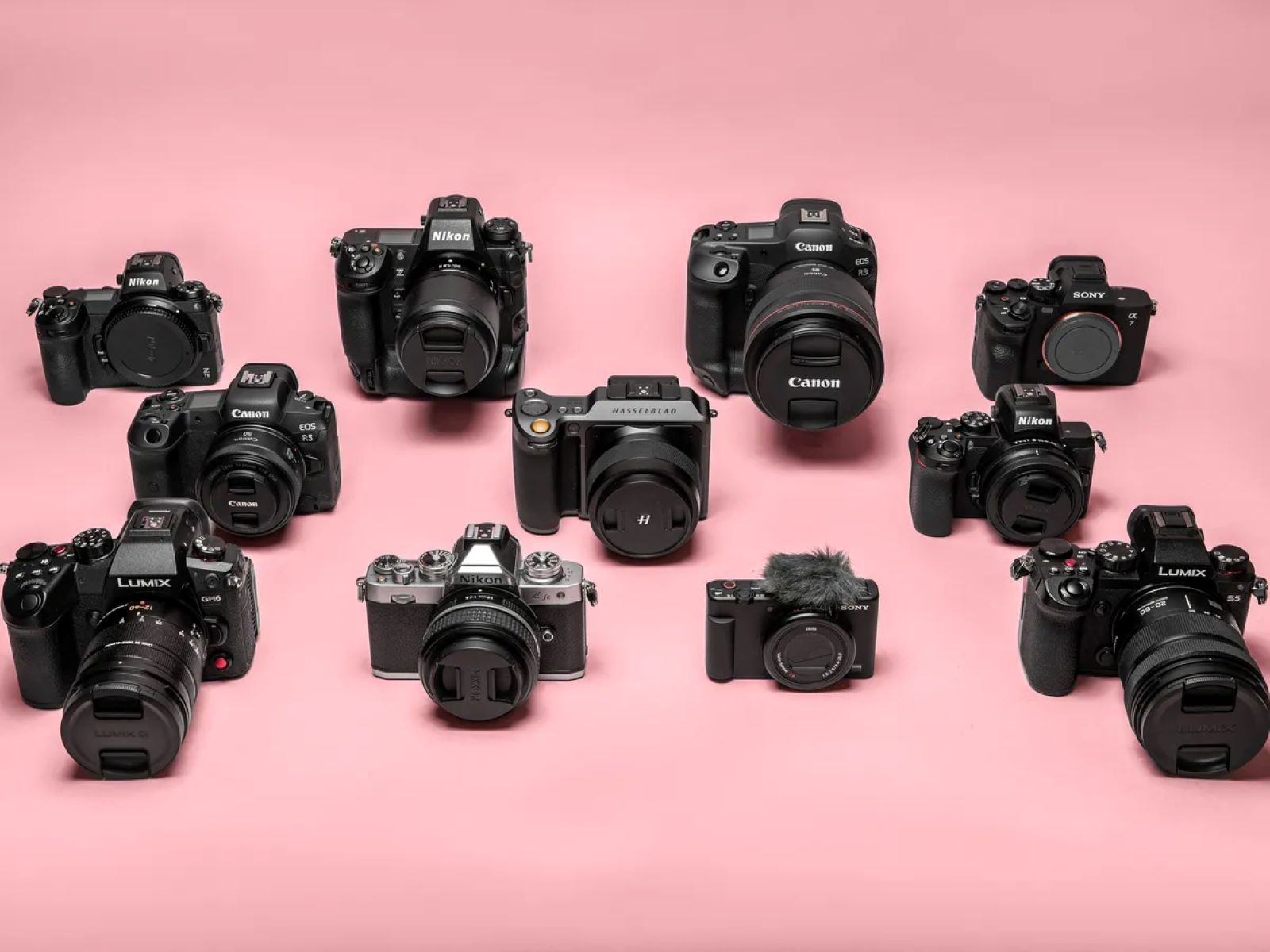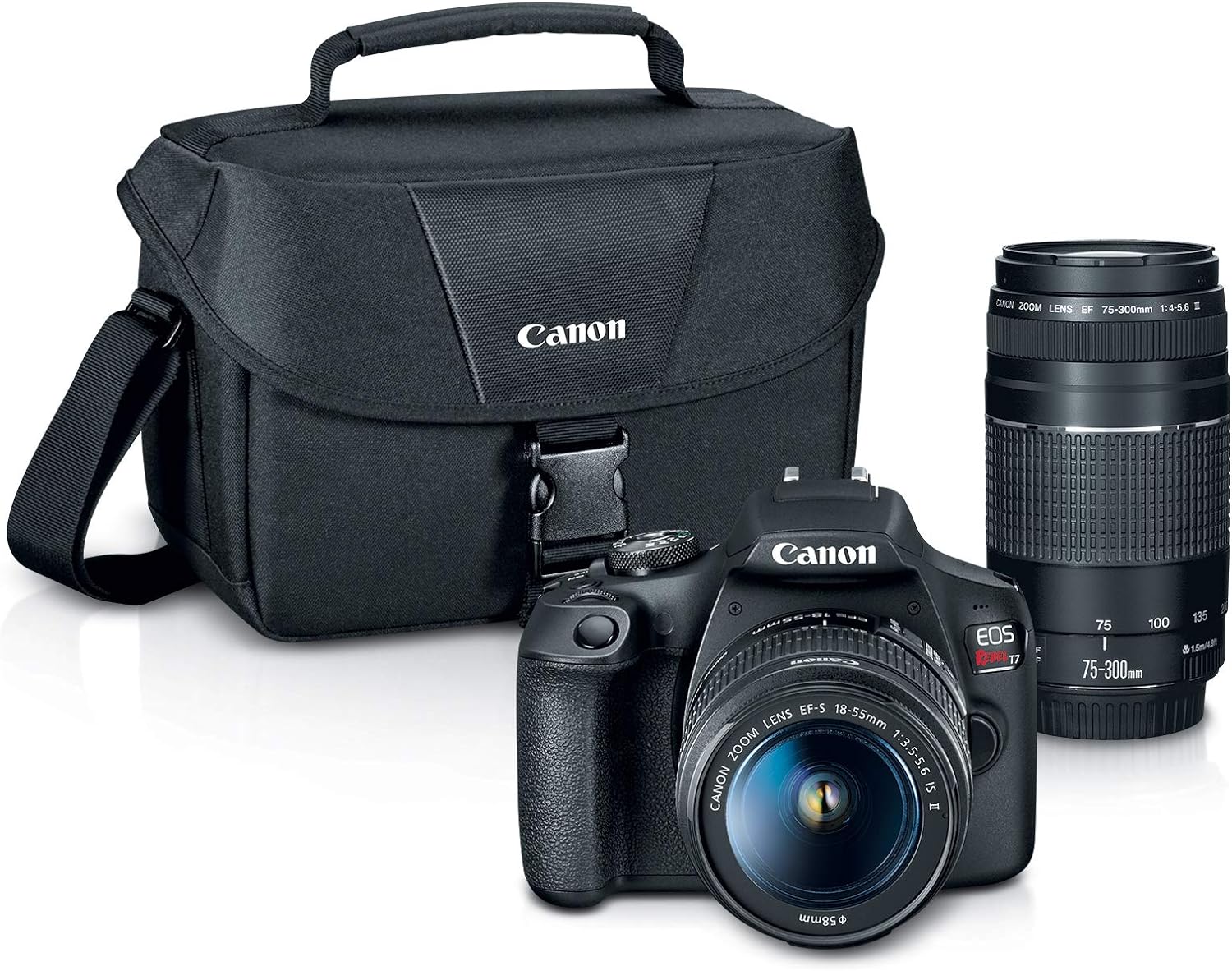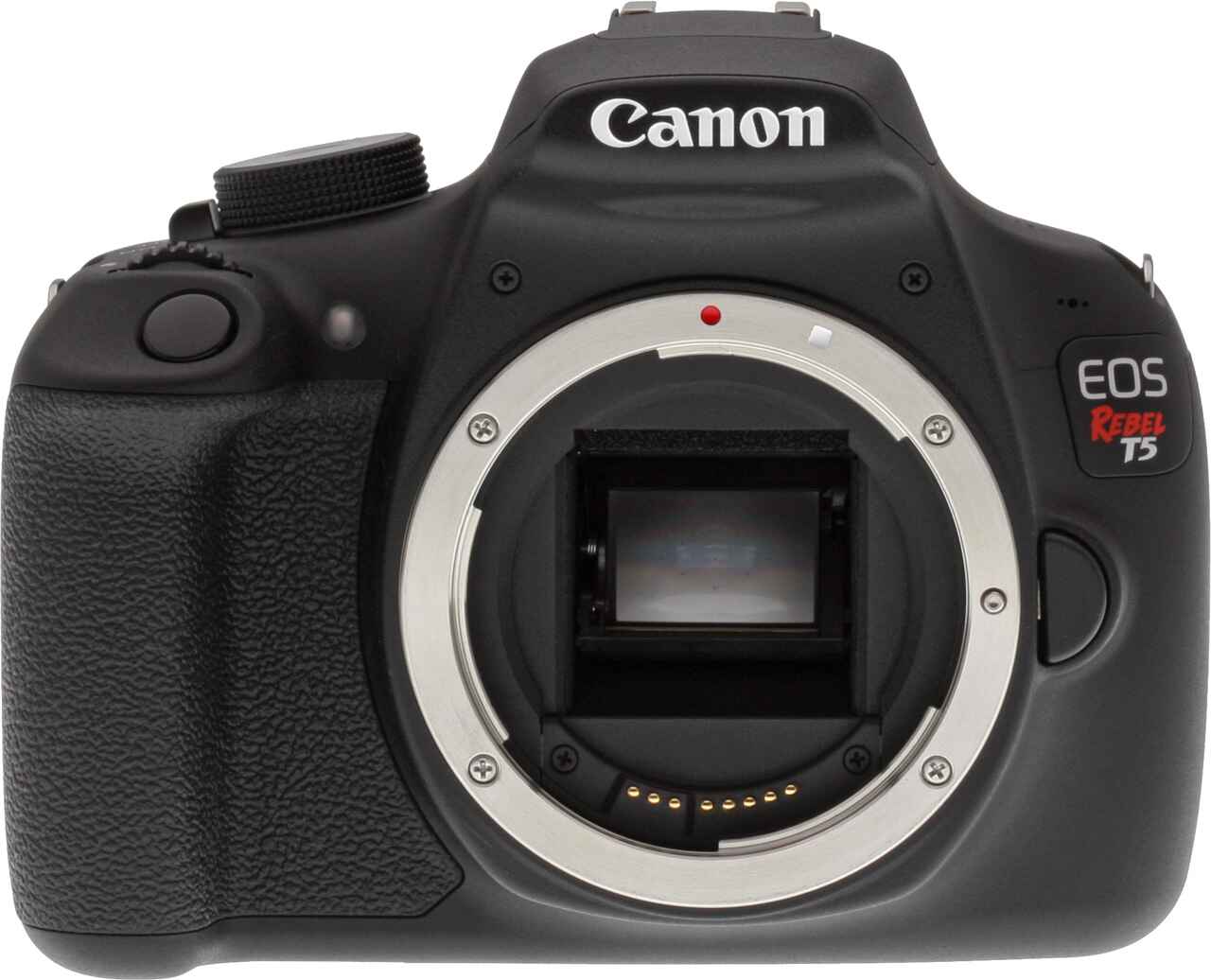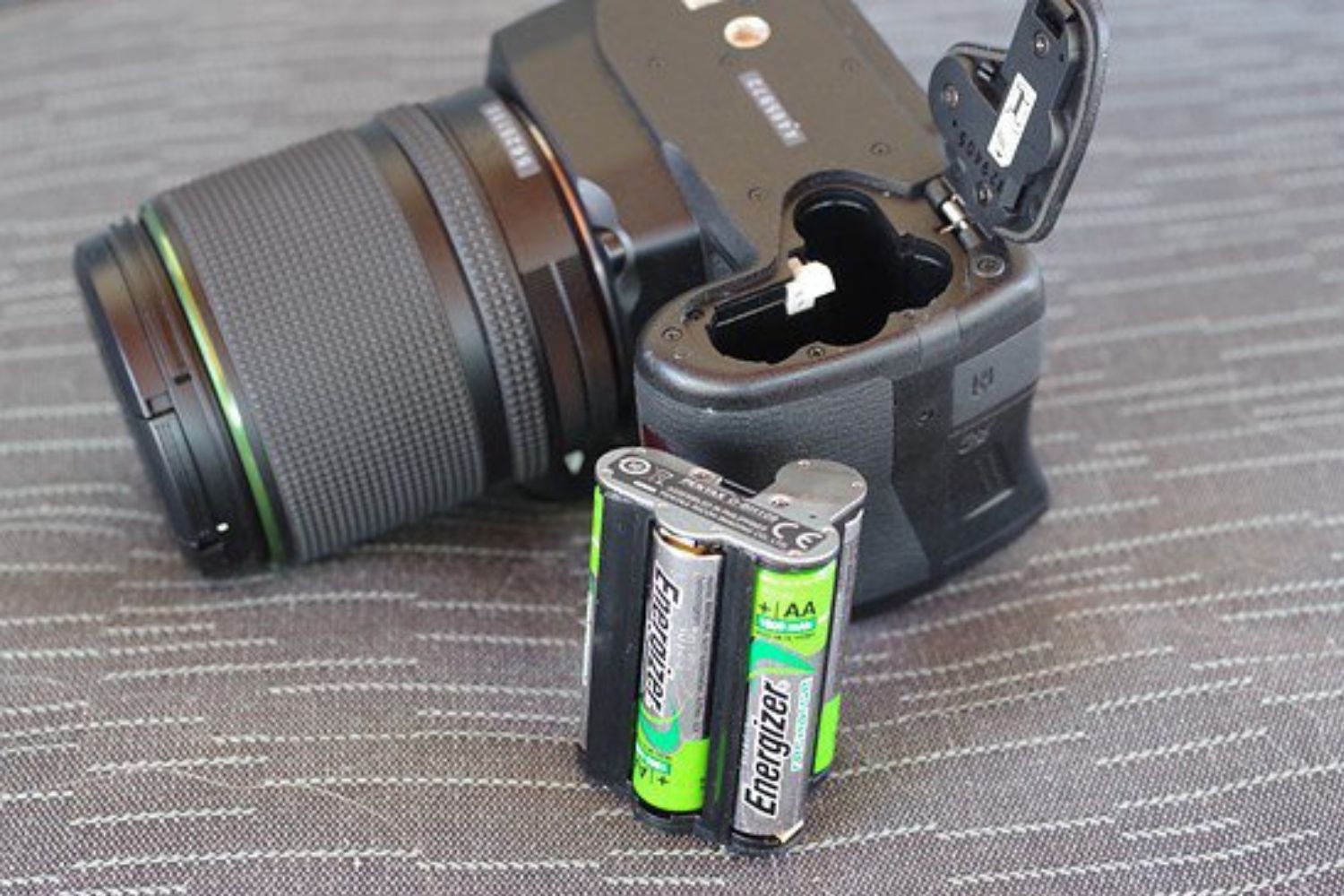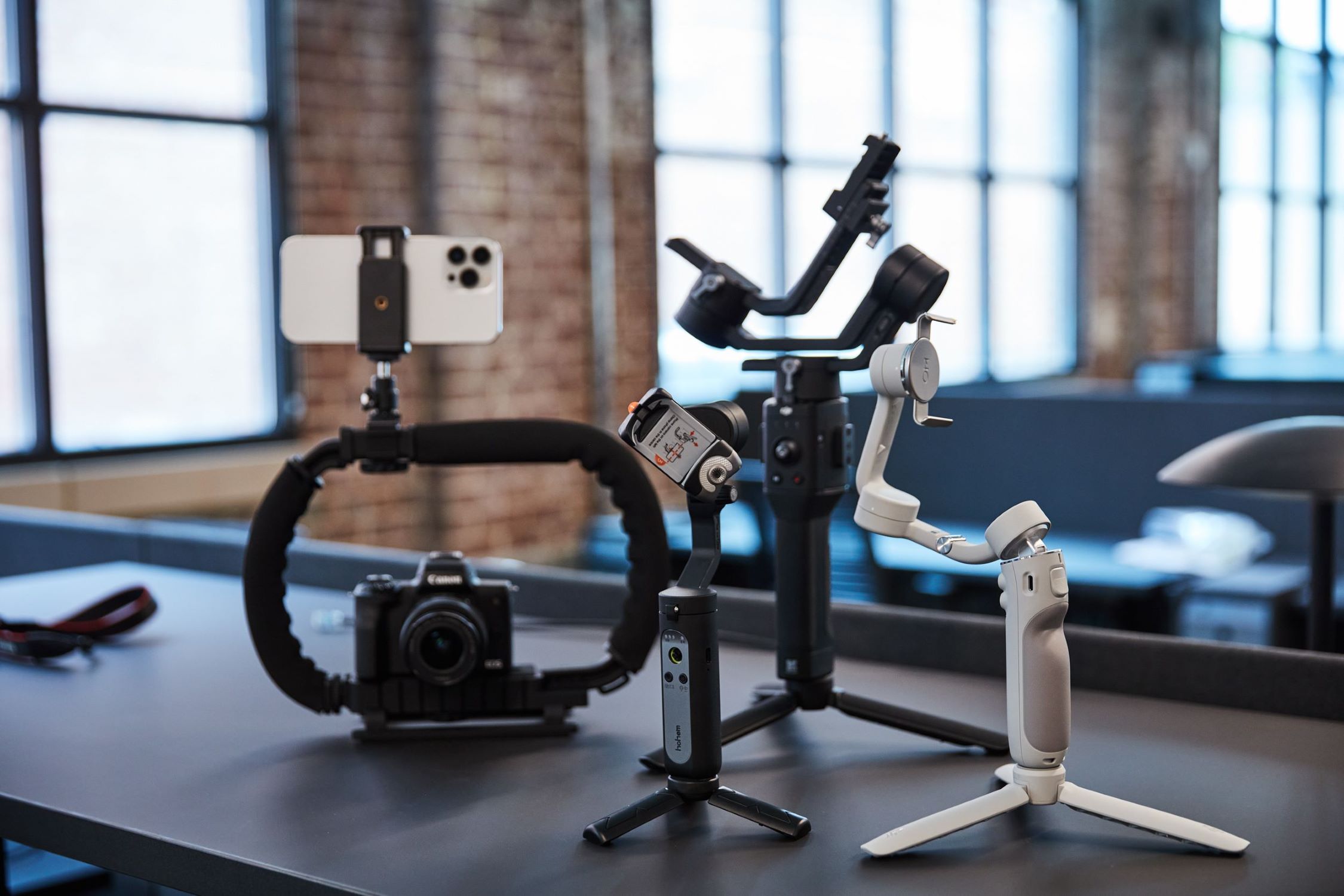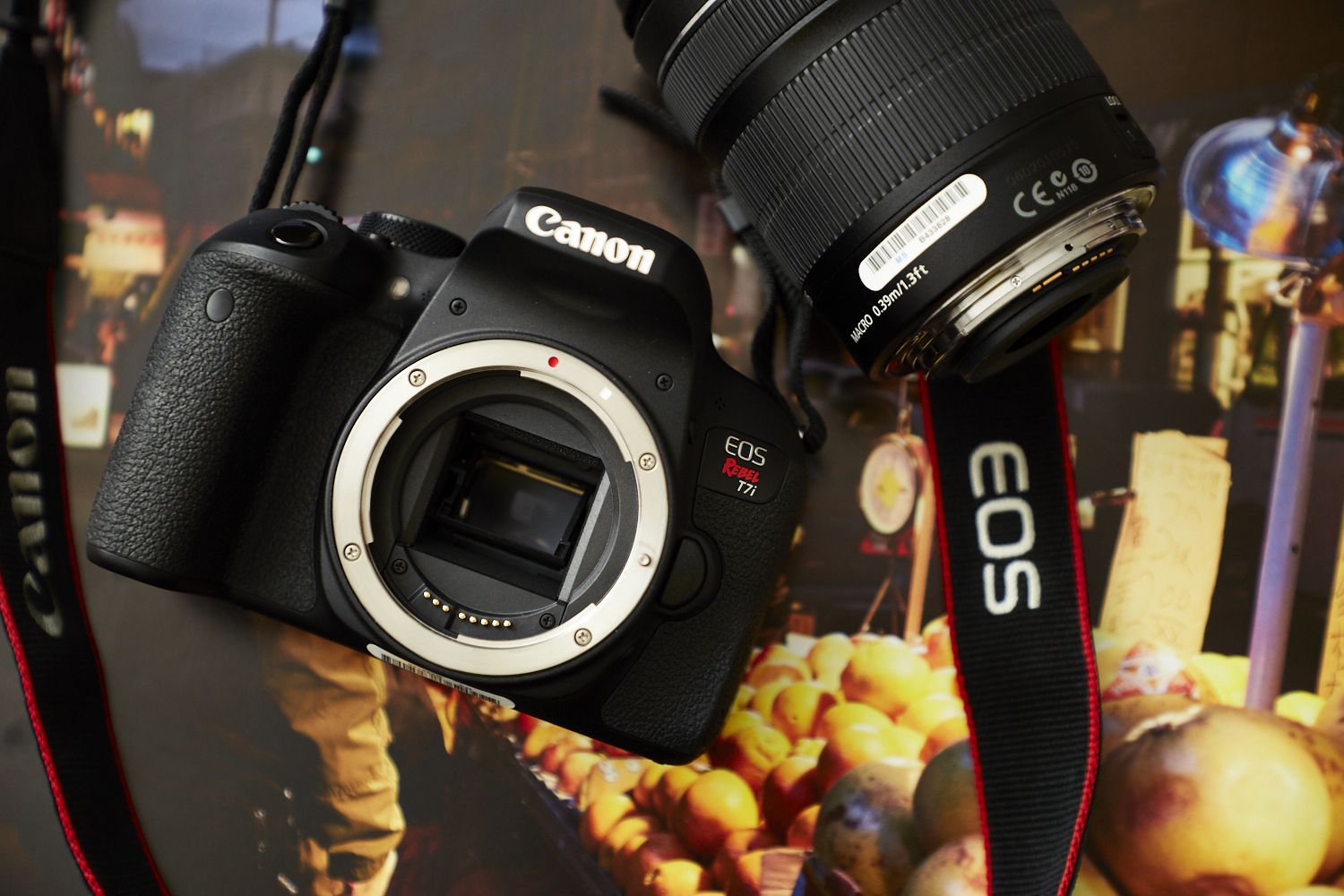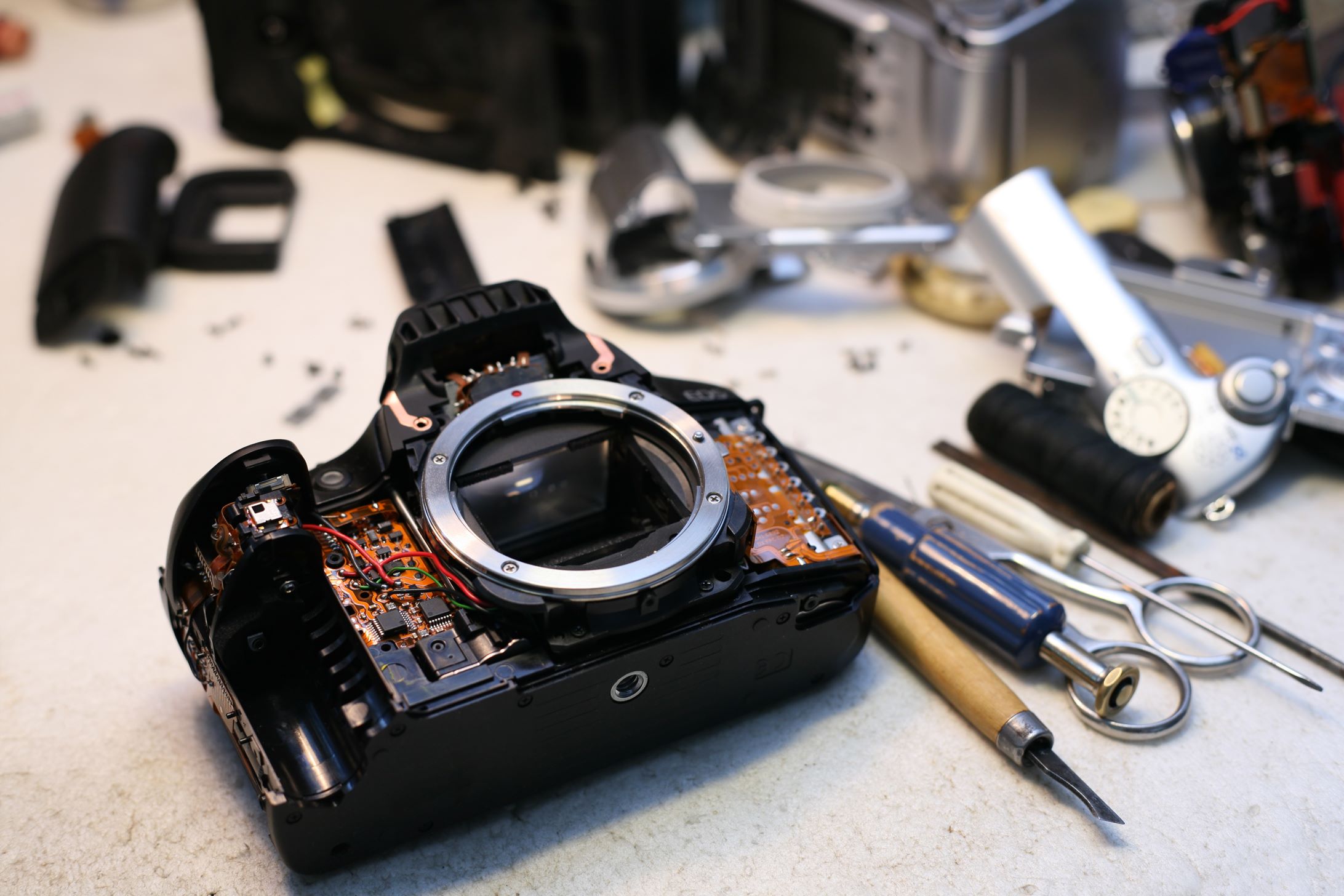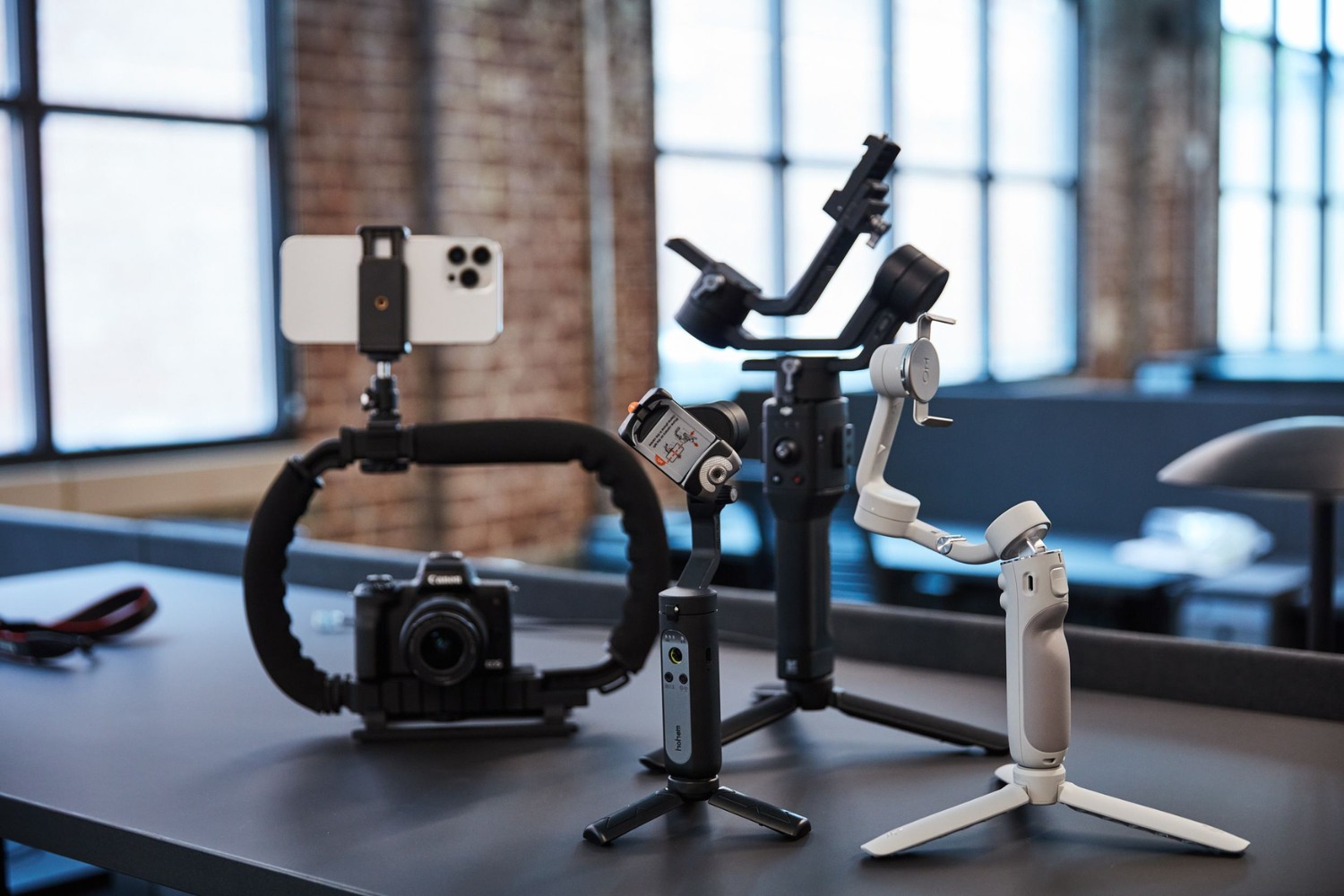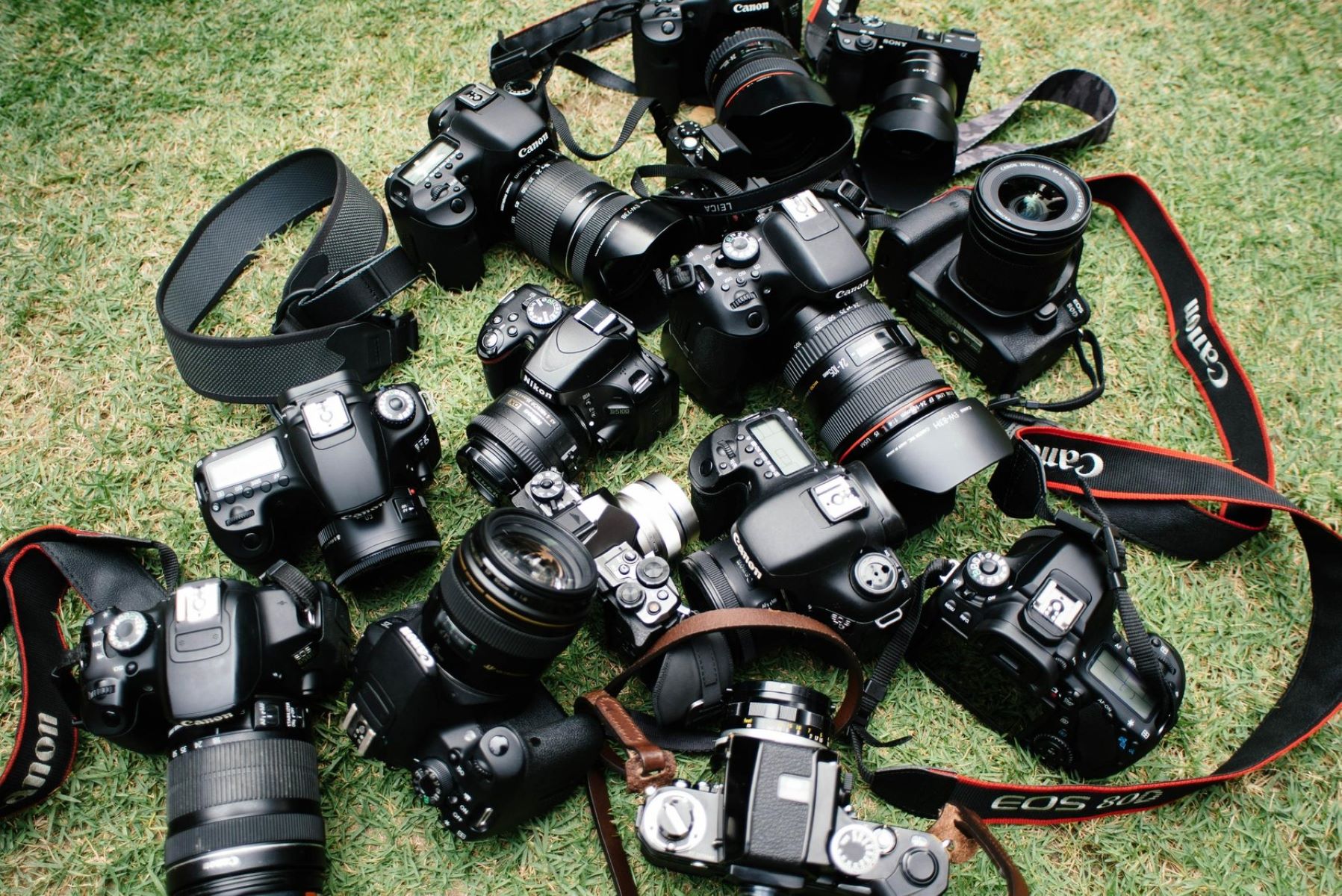Introduction
Understanding the World of DSLR Cameras
If you're an amateur photographer looking to take your skills to the next level, investing in a digital single-lens reflex (DSLR) camera can be a game-changer. Unlike point-and-shoot cameras or smartphone cameras, DSLRs offer greater control over settings, interchangeable lenses, and superior image quality, making them the preferred choice for photography enthusiasts and professionals alike.
In this guide, we'll delve into the world of DSLR cameras, exploring the key features that make them an excellent choice for amateurs. Additionally, we'll highlight the essential factors to consider when choosing the best DSLR camera to suit your needs and budget. Whether you're passionate about capturing stunning landscapes, documenting precious family moments, or exploring the art of portrait photography, understanding the capabilities and functionalities of DSLR cameras is crucial for making an informed decision.
With the rapid advancements in technology, the market is flooded with a wide array of DSLR cameras, each boasting unique features and specifications. Navigating through this sea of options can be overwhelming, especially for beginners. However, armed with the right knowledge and insights, you can confidently select a DSLR camera that aligns with your interests and skill level.
Join us as we embark on an exciting journey into the world of DSLR photography, unraveling the intricacies of these powerful devices and discovering the best options available for amateurs. Whether you're a budding shutterbug or an aspiring photography enthusiast, this guide is your gateway to unlocking the boundless potential of DSLR cameras. Let's dive in and explore the possibilities that await you in the captivating realm of digital photography.
Understanding DSLR Cameras
At the heart of every DSLR camera is a mirror and optical viewfinder system that allows photographers to preview the scene through the lens. This optical viewfinder provides a clear, real-time view of the subject, enabling precise framing and composition. The ability to see exactly what the lens sees distinguishes DSLRs from other types of cameras, offering a more immersive and intuitive shooting experience.
One of the defining features of DSLR cameras is their versatility, attributed to the interchangeable lens system. This feature empowers photographers to adapt to various shooting scenarios by using different lenses, such as wide-angle, telephoto, macro, and prime lenses. The ability to switch lenses not only enhances creative possibilities but also enables photographers to achieve superior image quality and control over depth of field.
Another key aspect of DSLR cameras is their manual control over settings, including aperture, shutter speed, and ISO. This level of control allows photographers to fine-tune their images according to their artistic vision and the specific requirements of each photographic situation. Additionally, DSLRs often feature advanced autofocus systems, rapid continuous shooting capabilities, and compatibility with external flashes and accessories, further expanding their functionality.
Furthermore, DSLR cameras are renowned for their exceptional image quality, thanks to larger image sensors that capture more light and detail compared to compact cameras and smartphones. This results in sharper, more vibrant images with reduced noise, particularly in low-light conditions. The superior image quality of DSLRs makes them the preferred choice for professional photographers and enthusiasts who prioritize the fidelity and clarity of their photographs.
Understanding the fundamental components and capabilities of DSLR cameras is essential for harnessing their full potential. By mastering the intricacies of these powerful devices, photographers can elevate their craft, unleash their creativity, and capture breathtaking moments with unparalleled precision and artistry.
Factors to Consider When Choosing a DSLR Camera
When embarking on the journey to select the best DSLR camera for your needs, several crucial factors demand careful consideration. Understanding these key elements will empower you to make an informed decision and invest in a camera that aligns with your photography goals and preferences.
- Image Sensor: The type and size of the image sensor significantly impact image quality and low-light performance. Entry-level DSLRs typically feature APS-C sensors, while advanced models may boast full-frame sensors, offering superior image quality and dynamic range.
- Resolution: The megapixel count determines the level of detail in photographs. While higher resolution can be advantageous for large prints and cropping flexibility, it’s essential to prioritize overall image quality over sheer megapixel count.
- Performance and Speed: Consider the camera’s autofocus system, continuous shooting speed, and buffer capacity, especially if you intend to capture fast-paced action or sports photography.
- Video Capabilities: For enthusiasts interested in videography, evaluating the camera’s video recording features, including resolution, frame rates, and autofocus performance, is crucial.
- Connectivity and Compatibility: Assess the camera’s connectivity options, such as Wi-Fi, Bluetooth, and NFC, as well as its compatibility with external accessories, lenses, and flashes.
- Handling and Ergonomics: Comfort and usability play a significant role in long-term satisfaction with a DSLR. Consider the camera’s grip, button layout, and overall ergonomics to ensure a seamless shooting experience.
- Budget and Future Expansion: Determine your budget and factor in potential investments in lenses, accessories, and future upgrades. Opting for a camera system with a robust lens ecosystem can offer greater flexibility for future expansion.
By carefully evaluating these factors and prioritizing the aspects that resonate with your photographic aspirations, you can narrow down the myriad options and identify the ideal DSLR camera that empowers you to unleash your creativity and capture stunning imagery.
Top DSLR Cameras for Amateurs
When it comes to choosing a DSLR camera as an amateur photographer, several models stand out for their impressive features, user-friendly interfaces, and exceptional image quality. These cameras cater to a wide range of budgets and preferences, offering an array of capabilities to suit various photographic pursuits.
1. Canon EOS Rebel T7i (EOS 800D)
The Canon EOS Rebel T7i, also known as the EOS 800D, is a versatile and beginner-friendly DSLR that excels in both still photography and videography. With a 24.2-megapixel APS-C sensor, advanced Dual Pixel autofocus, and a vari-angle touchscreen, this camera empowers amateurs to capture stunning images and videos with ease.
2. Nikon D5600
Renowned for its excellent image quality and user-friendly interface, the Nikon D5600 features a 24.2-megapixel APS-C sensor, a sharp and responsive touchscreen, and seamless connectivity options. Its compact and lightweight design makes it an ideal companion for photographers on the go.
3. Canon EOS 90D
The Canon EOS 90D combines high-resolution imaging with impressive speed and performance, making it an excellent choice for amateurs delving into sports, wildlife, and action photography. With a 32.5-megapixel APS-C sensor, 45-point all cross-type autofocus, and 4K video recording, this camera offers versatility and precision.
4. Nikon D3500
As one of the most user-friendly DSLRs available, the Nikon D3500 boasts a compact and lightweight design without compromising on image quality. With its 24.2-megapixel sensor, intuitive Guide Mode, and long battery life, this camera is an ideal entry point for beginners venturing into the world of DSLR photography.
5. Pentax K-70
The Pentax K-70 stands out for its weather-sealed construction, making it a robust and reliable option for outdoor and adventure photography. Equipped with a 24.2-megapixel sensor, in-body image stabilization, and a unique astrotracer function, this camera offers a compelling blend of features for enthusiasts exploring diverse genres.
These top DSLR cameras for amateurs cater to a spectrum of interests, skill levels, and budgets, providing aspiring photographers with the tools and capabilities to unleash their creativity and embark on a fulfilling photographic journey.
Conclusion
As we conclude our exploration of DSLR cameras for amateurs, it’s evident that these powerful devices offer a gateway to boundless creativity and photographic expression. Understanding the fundamental aspects of DSLRs, from their optical viewfinder systems to their manual control over settings and interchangeable lenses, illuminates the immense potential they hold for enthusiasts and aspiring photographers.
When venturing into the realm of DSLR photography, it’s essential to consider a myriad of factors, including image sensor type, resolution, performance, video capabilities, connectivity, and handling. By carefully evaluating these elements, individuals can make informed decisions and select a camera that resonates with their artistic vision and practical requirements.
Moreover, the array of top DSLR cameras highlighted in this guide exemplifies the diverse options available to amateurs, each offering a unique blend of features, performance, and user-friendly interfaces. Whether capturing captivating landscapes, documenting cherished moments, or delving into the intricacies of videography, these cameras empower enthusiasts to embark on a fulfilling photographic journey.
Ultimately, the world of DSLR photography beckons with endless possibilities, inviting individuals to embrace their creativity, hone their skills, and immortalize extraordinary moments through the lens. As technology continues to evolve, DSLR cameras remain steadfast in their commitment to delivering exceptional image quality, versatility, and artistic control, cementing their status as indispensable tools for photographers across the globe.
Embrace the power of DSLR cameras, unleash your imagination, and embark on a captivating visual odyssey where every click tells a unique and compelling story.







